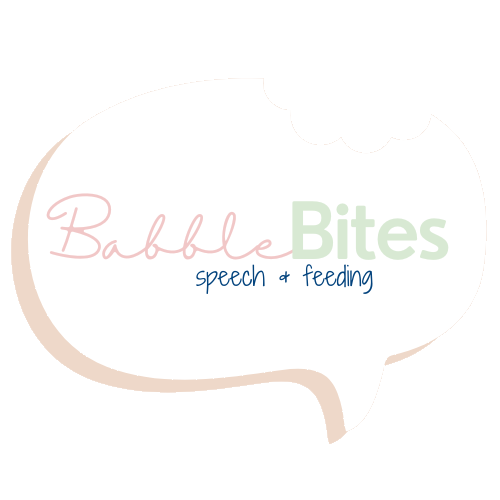What Counts As A Word for Babies and Toddlers?
When my baby uses signs, does that count as a word? Yes!
You’re at your child’s check-up and the pediatrician asks, “How many words is your child saying?” What you might be asking yourself is, “What counts as a word?” Great question! It counts as a word if your child is using it:
Independently, meaning they say the word on their own, and do not need to hear it said by someone else first in order to say it
Intentionally, meaning they use it in the right context to communicate something
Consistently, meaning your child uses it regularly (not just once or twice)
This includes word approximations, environmental sounds (sound effects and animal sounds), signs, exclamations, names, and true words. All of these count as words because your child is producing a sound-form or sign in a consistent way that symbolizes a specific meaning. If your baby is learning more than one language, count all of the words and word approximations your baby is saying in each language towards their total word count.
Word Approximations:
When babies and toddlers are first learning to talk, we do not expect them to be able to say all of the speech sounds correctly, or for their words to sound exactly how an adult says them. Word approximations are simplified versions of words.
Here are some common ones: bottle/baba, banana/nana, more/muh or mo, water/wawa
Environmental sounds:
These include both sound effects and animal sounds that your child says. For example, when your child sees a dog they say, “woof woof,” or when they play with a toy car they say, “beep beep.”
Here are some common animal sounds in English (yes, different languages have different animals sounds, for example, in English, for a rooster we typically say “cock-a-doodle-doo,” but in French, they say, “cocorico”): moo, baba, quack, woof, meow, rawr, oink, neigh
Here are some common sound effects: beep beep, vroom, wee-oo wee-oo, pop, choo-choo, boom
Children commonly say farm animal sounds as some of their first words.
Signs:
These include signs from American Sign Language (ASL). Many early signs include more, eat, all done, my, please, and thank you.
An early sign children may use is the ASL sign for “my.”
Exclamations:
These are words that express different feelings, such as excitement, pain, fear, or displeasure.
For example: uhoh, oh no, wow, wee, yay, ew, ow, and woah
Names:
These include names and nicknames of people and pets, such as, mama, dada, papa, Elmo.
True words:
This is when the word is pronounced correctly, or with age-appropriate speech sound errors. These words may include objects, actions, prepositions, or adjectives.
For example: cat, eat, baby, no, up, on, go, help, more, ball
Check out more common first words here.
How many words should your child be saying?
Wondering how many words your child should be saying? Check out my post here.
Follow us on Instagram for “bite-sized” information on each blog post:
Click below to pin this post to Pinterest to save for later and share!
This website and information on this blog post is provided for educational purposes only. It is not meant as medical advice, intended to replace a speech-language assessment, therapy from a speech-language pathologist, or serve as medical care for a child. It is recommended that you discuss any concerns or questions you might have with your speech-language pathologist, pediatrician, and medical team, and develop an individualized team plan specifically for your child.




